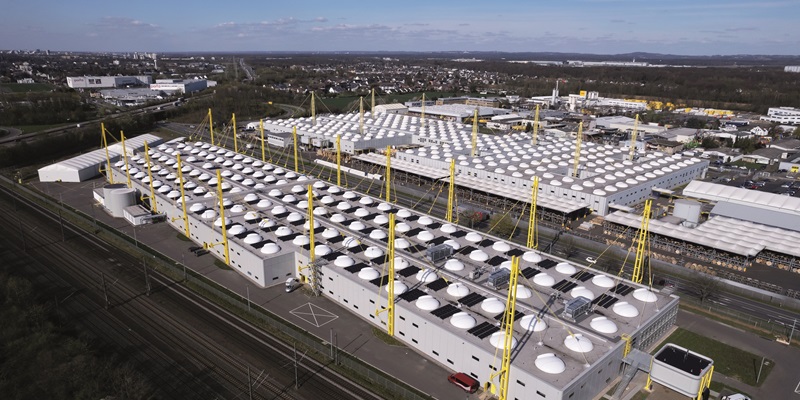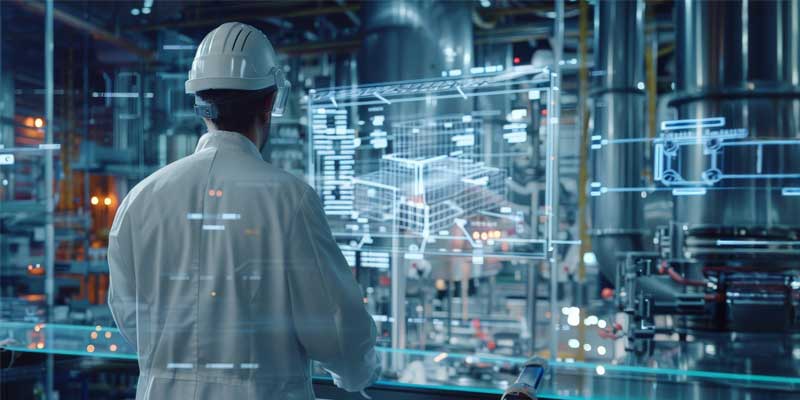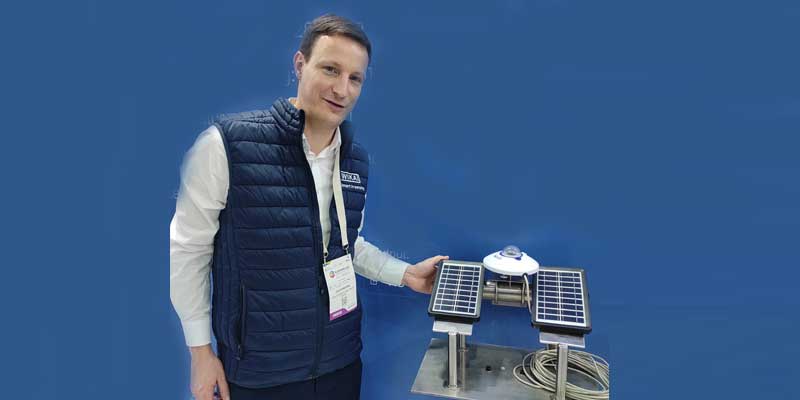Schedule a Call Back
Assessing the trade-offs of making the switch to electrical actuators
 Articles
Articles- Oct 24,24
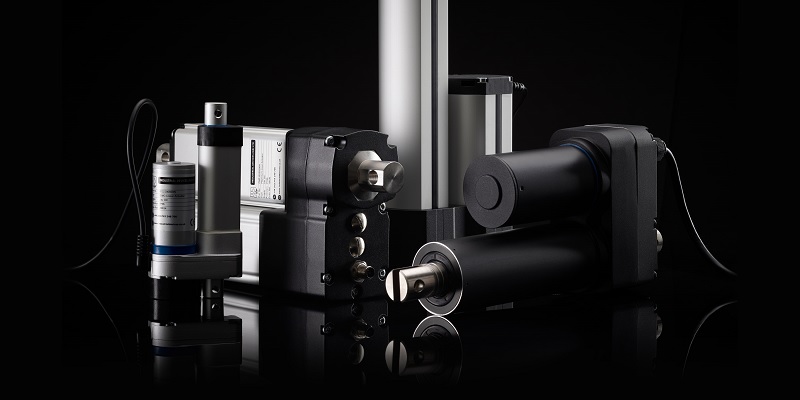
Related Stories
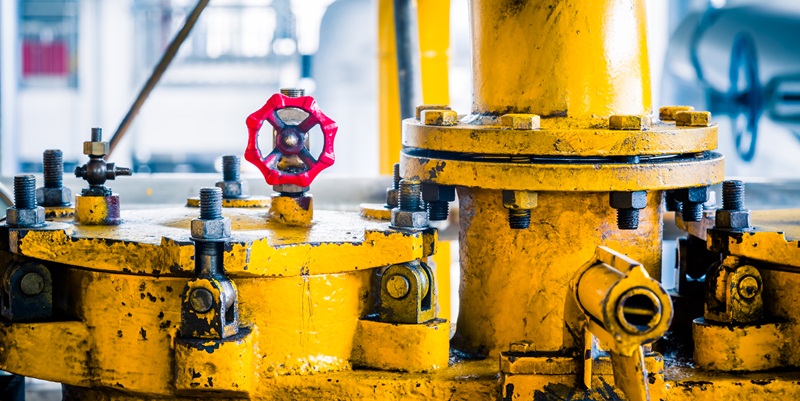
Global hydraulics market thrusts upward
Infrastructure development remains one of the most significant growth drivers for the hydraulics market. Governments and private sectors worldwide are investing heavily in urbanisation, smart cities..
Read more
John Cockerill and Electro Pneumatics sign JV to strengthen India’s defence system
The JV will focus on manufacturing, assembling, and commissioning turrets for the Indian Army’s Indian Light Tank (I.L.T) program, a critical initiative aimed at enhancing India’s defence capabi..
Read more
Optimising inventory management to reduce inventory losses this holiday season
Optimising inventory management is imperative for preserving profitability and fostering stakeholder trust. Emily Newton explains in detail how to go about it.
Read moreRelated Products

Baling Machine
Mask Hydraulic Machineries provide triple action scrap baling machines. Read more
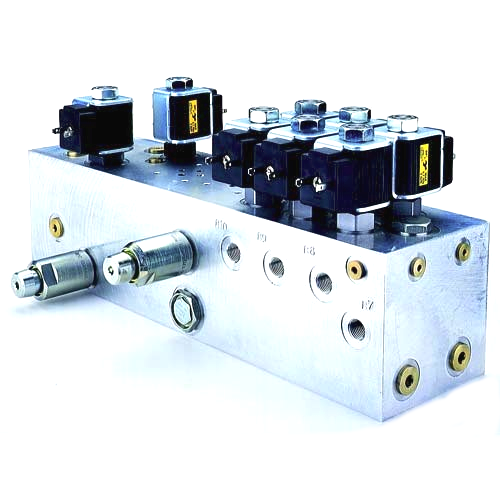
Manifold Block
Om Shakthi Hydraulics offers a wide range of hydraulic manifold blocks. Read more
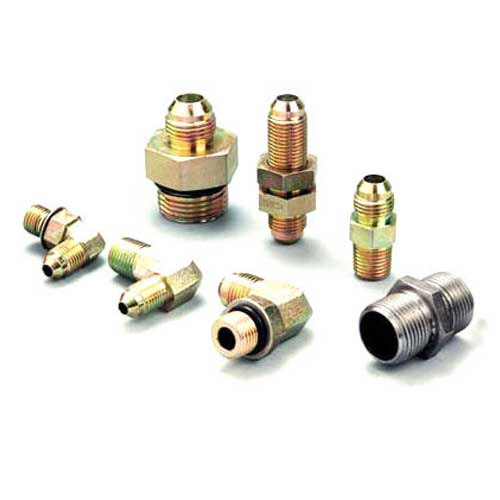
Exclusive Hydraulic Fittings
Supreme Engineers is engaged in manufacturing and supplying an exclusive range of hydraulic fittings. Read more





